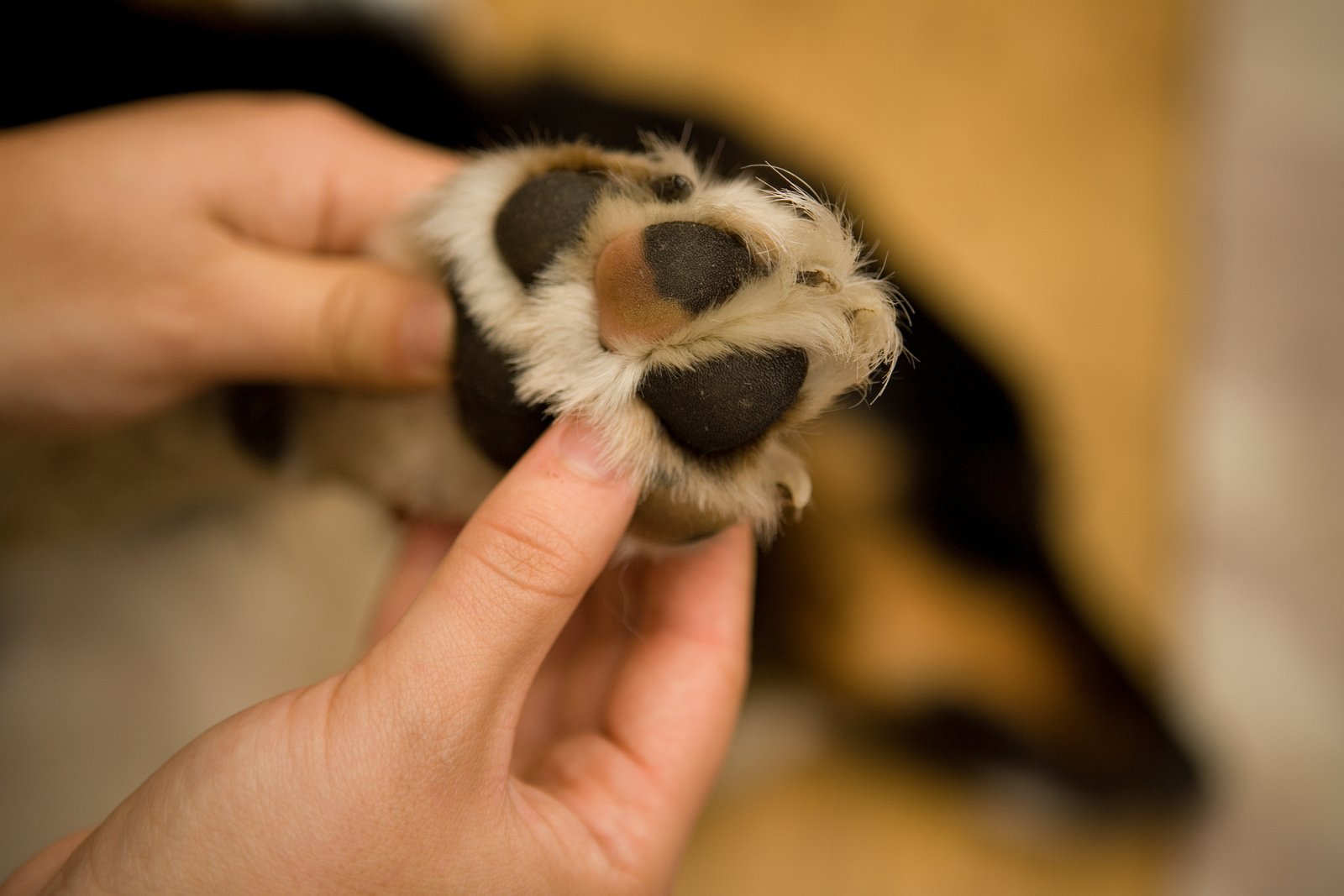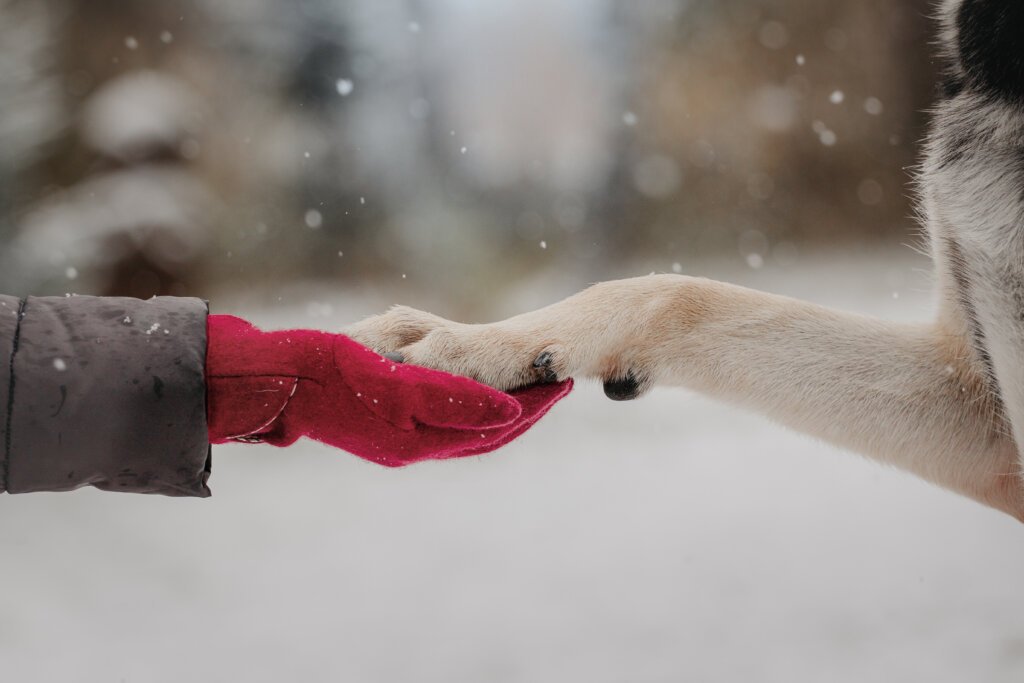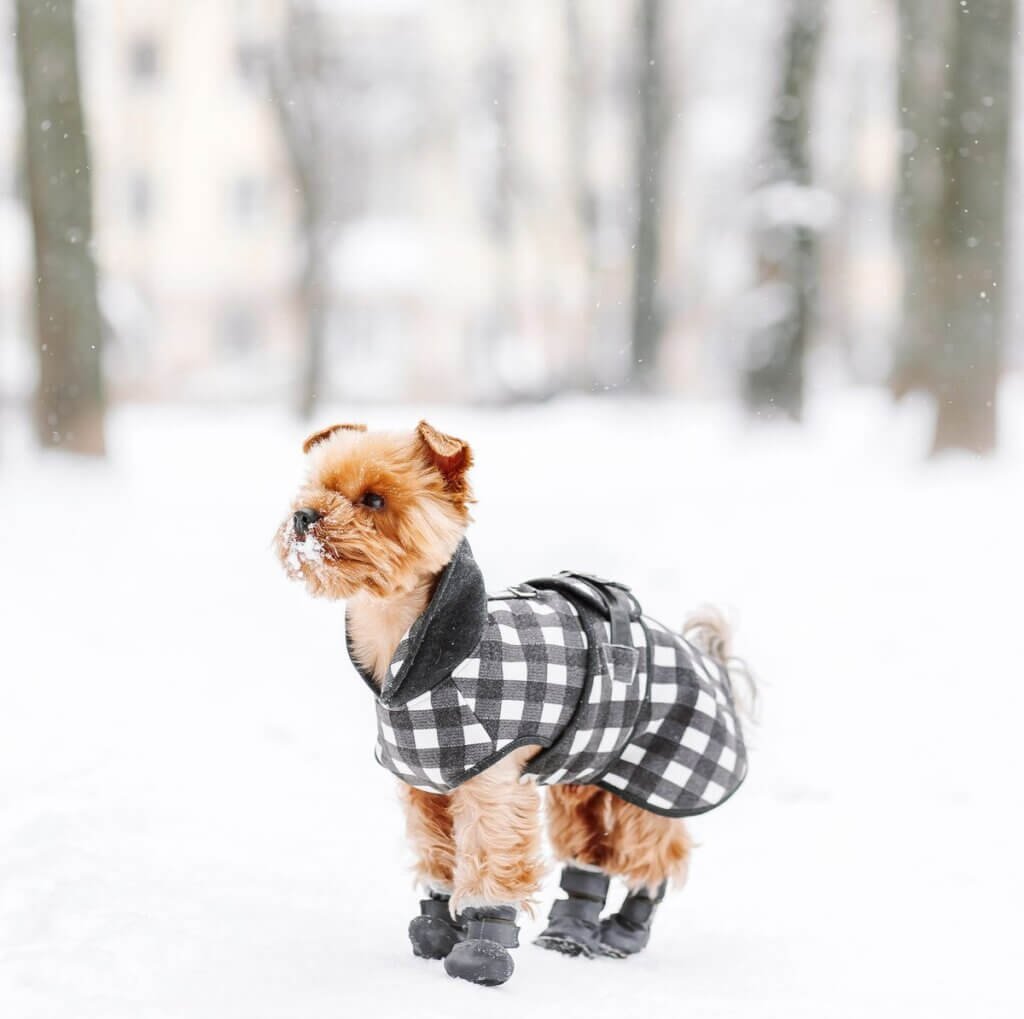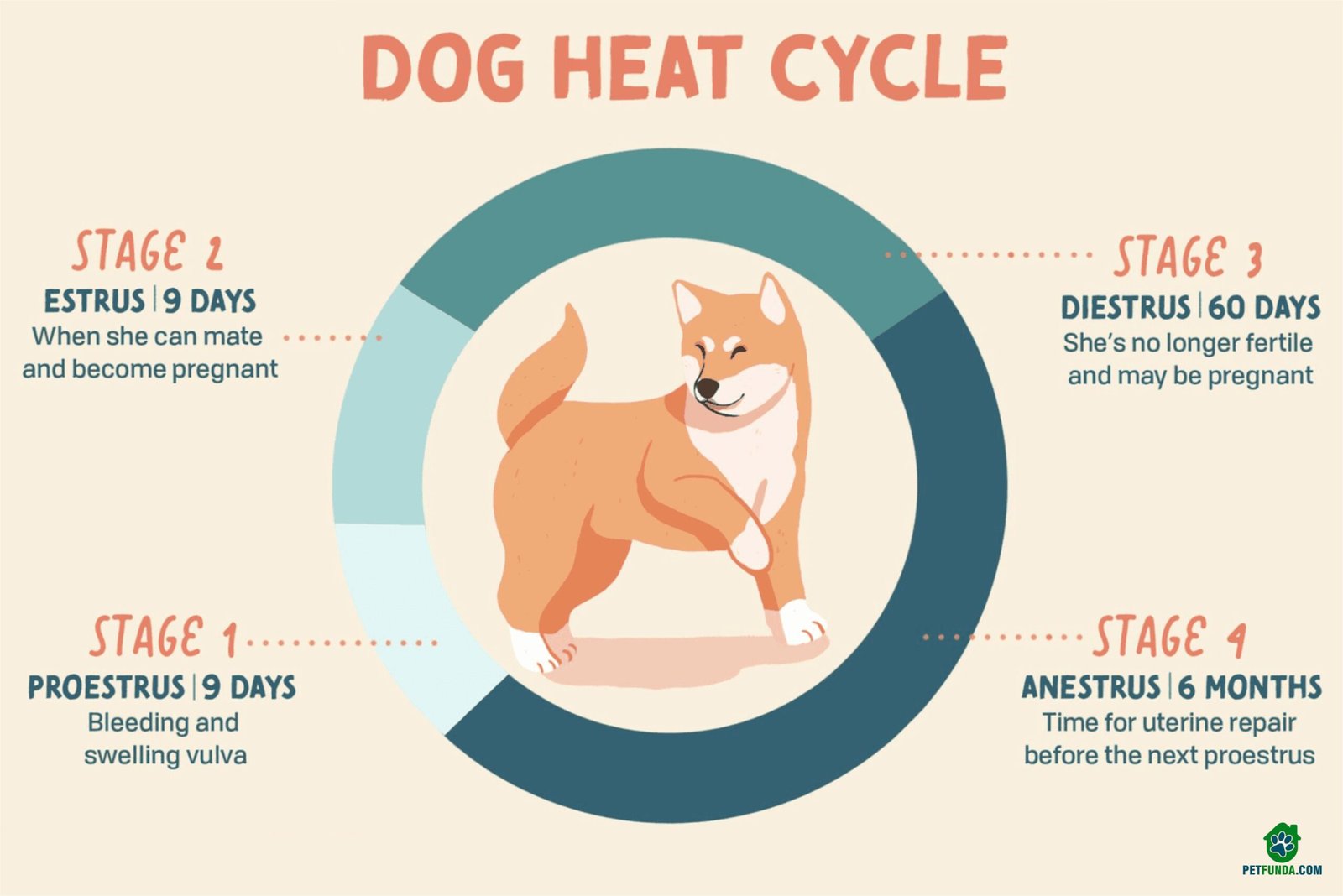As the chill of winter settles in, it brings up plenty of challenges for your furry friends. Among all the challenges, protecting your dog’s delicate paws from the harsh cold becomes essential. Just as you bundle up to stay warm, your canine friends also need special attention to ensure that their paws remain entirely safe and healthy during the cold weather. In this guide, you can understand the importance of protecting your dog’s paws in the winter and offer some tips to keep them cozy and comfortable.
Why Protecting The Paws Matter?
Dogs rely on their paws for mobility. During the winter, the combination of cold temperatures and harsh chemicals can pose several risks.
- Walking on the cold pavement or snow can lead to frostbite.
- Ice surfaces and deicing salts can also irritate and damage your dog’s new paw pads.
- Chemicals that are used to melt ice and roads can be harmful if your dogs lick them off the paws.
- When your dog is repeatedly exposed to cold and wet surfaces, then their paws can be dry and cracked.
Tips For Protecting Your Dog’s Paws In Winter
- , you need to frequently clean your dog’s paws to remove all the salt, ice, and other debris. It would be best if you thoroughly dried them after the walks to prevent any moisture-related issues.
- Long hair between the toes can end up collecting ice, snow, and debris. You should trim it carefully to reduce the risk of irritation.
- You can also buy a paw balm specially designed to create a protective barrier on your dog’s paw pads. The barrier can help protect against cold and chemicals while moisturizing the pads.
- Dog boots also offer comprehensive protection against cold surfaces so that you can invest in one. While your dog might take some time to get used to it, they can surely benefit from the added comfort and the warm that these boots provide.
- During the frigid weather, you should limit the amount of time your dog spends outdoors. Paws are really vulnerable to cold-related injuries, so short walks are wholly recommended.
- It is very important for you to observe the behavior of your dog while outdoors. If they start licking the paws excessively, it means that it indicates discomfort. You should bring them inside to warm up and inspect the paws.
Check The Paws Regularly
- It would be best if you looked for any signs of redness, swelling, or discomfort on your dog’s paw pads. If you notice any symptoms, then it is essential to visit the veterinarian instantly.
- You must gently hold your dog’s paws and examine it without causing any discomfort. Some dogs might be more sensitive about the paws being handled.
- Always be aware of salt and chemicals.
- While salt and chemicals are used to melt ice and snow, it can make walking difficult for your dog. The substances can irritate your dog’s paws, leading to discomfort and potential injury.
- After the walk, you need to wipe their paws with a damp cloth and remove any residue. This will help you minimize the risk of them ingesting any harmful substances.

Walking In Icy Or Snowy Conditions
You need to ensure that you are extra careful while you are walking your dog during winter. You should take it slow and be careful when walking. At the same time, you must avoid rushing or sudden movements, which can cause slipping. If possible, you need to choose paths that are free of ice and snow. At the same time, you need to go for clear and dry areas that reduce the risk of slipping.
Gradual exposure to cold
If your dog is not accustomed to cold weather, then gradual exposure is significant. You need to start with short walks in the cold, which could actually increase the duration. This will help your dog adjust to your temperature changes. At the same time, you need to pay attention to your dog’s behavior during walks. If they seem really uncomfortable or reluctant, it is a sign that they might need some more time to adapt.

Providing Warm Shelter
Whenever you are away from home, ensure that your dog has a comfortable place to stay. Whether it is a dog house, a crate, or an indoor space, you need to ensure that the shelter is warm and dry for your dog. This will help in preventing them from being exposed to the cold weather for a very long time. You need to provide bedding that insulates your dog from the cold surfaces. A cozy blanket or a bed can help them stay really comfortable.
Choosing And Using The Dog Boots
The dog boots can be a game changer when it comes to protecting your dog’s paws during the winter. The little booties provide a Great Barrier between your dog’s delicate paws and the elements, keeping them really comfortable and safe.

Choosing The Right Dog Boots
- Dog boots can come in different sizes and shapes to accommodate other breeds and power types. You need to measure your dog’s paws according to the manufacturer’s guidelines to ensure a great fit.
- The type of terrain that you will be exploring also matters, so if you are planning to make your dog walk on rough terrain, then you need to go for boots with sturdy souls. If you are mostly planning to walk on the pavement, then lightweight boots can be suitable.
- It would be best if you always looked out for boots that are very easy to put on and take off. Some of the boots also have zippers for extra convenience.
Maintaining The Boots
- After each use, you need to remove all the debris or dirt from the dog boots. You can shake them out and tap them against the surface to dislodge any particles stuck.
- Depending on the material, you can also hand wash your boots using mild soap and water.
So, winter can be a magical season for both dogs and humans, but it also presents some challenges that require a lot of attention. Safeguarding the paws of your dogs is essential to their well-being during cold weather. By keeping the paws clean and dry and considering the dog boots, you can provide your dog with the attention that it truly deserve.





